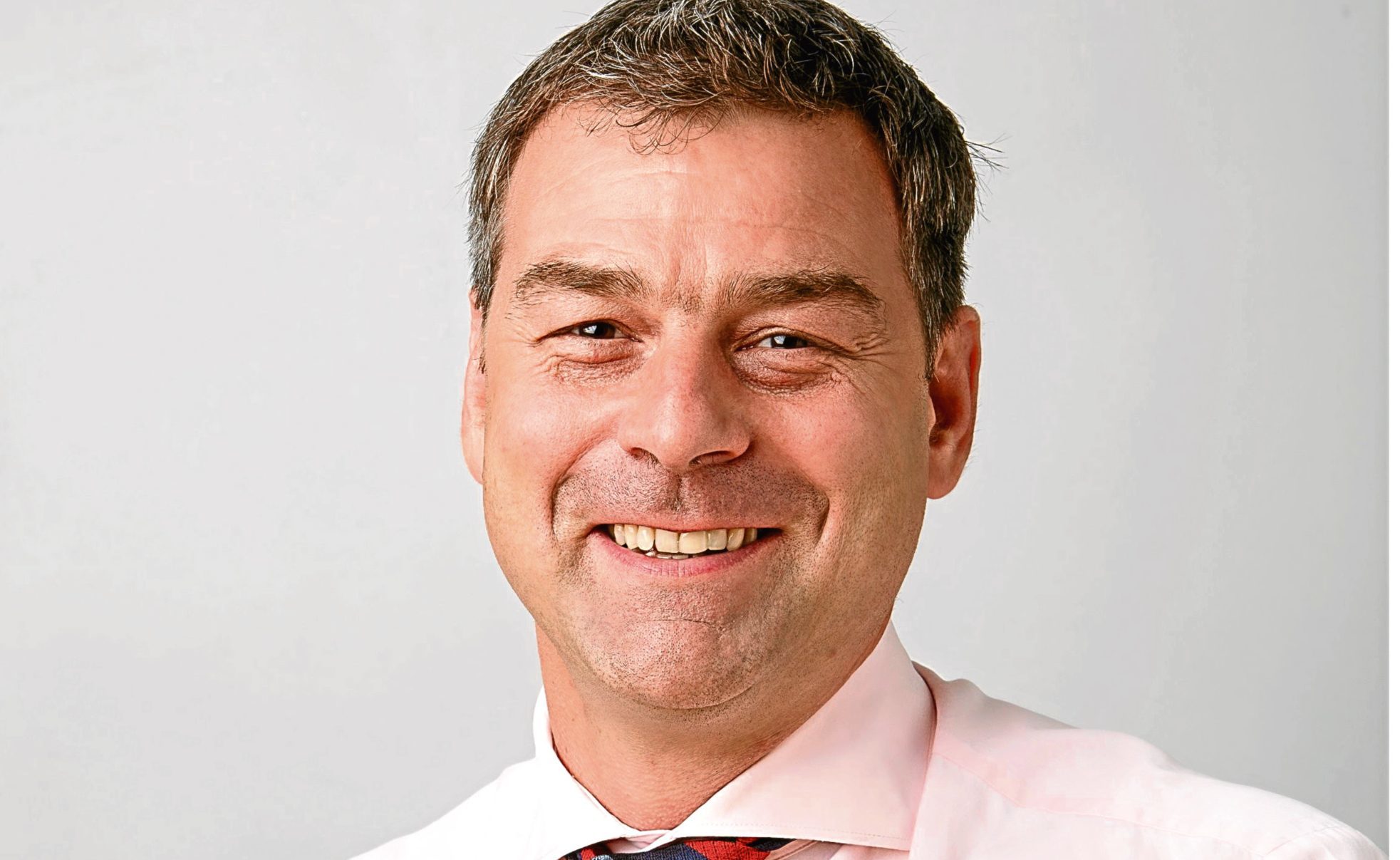
THE crash of 2008 was the worst economic disaster since the Great Depression, sparking a global recession and an extended era of biting austerity that hit the most vulnerable hardest.
We are are still reeling from it today but, amid all the hand-wringing, it was meant to be a watershed moment.
The catastrophe was meant to mark the nadir of corporate greed and put an end to the boardroom immorality that put profit before people.
After last week’s collapse of Carillion, we are entitled to ask what lessons have truly been learned.
Carillion was a construction and outsourcing company that few would have heard of until it hit last week’s news but with 45,000 employees at home and abroad, its collapse matters to us all.
This was a private business operating in the public sector. It was awarded Government contracts worth billions of pounds.
It was a major employer with thousands of workers, including apprentices, operating across all sectors, and had staff based in almost every constituency in Scotland.
Carillion was a private business ostensibly being paid from the public purse.
Revealed: Millionaire Scots chief executive of Carillion is paid adviser to Tory Government
And its seemingly overnight collapse has shone a light on a little understood sector that provides much of our public infrastructure and many of our vital public services.
Its demise has raised many questions – not just about greed.
It may be convenient to simply blame the directors of Carillion for banking exorbitant salaries and bonuses – Richard Howson, the former chief executive, for example, took home £1.6m in 2016 – while the company teetered on the brink but why, when there was so much public money flying the company’s way, did politicians take such little interest?
It’s not just about why the UK Government had seemingly ignored the most recent series of profit warnings and continued to award it £2bn-worth of business, or why ministers had not questioned the 90% fall in the price of its shares or been concerned about the hedge funds circling.
At every party conference I have attended over the past few years, Carillion would have a stand – a very large one – and MPs, MSPs, ministers of state and local government representatives would queue up to have their pictures taken and sign a book to say they’d been there.
There was no shame in that because Carillion mattered. It employed their constituents, built hospitals, repaired roads and delivered local services. Its tentacles were everywhere. And no one stopped to question the sense in that.
Private companies are there to make a profit and governments are there to ensure they’re protecting the public and the public purse.
On all counts, both have failed. And while public private partnerships can work, politicians should not become so enamoured by riches that they abdicate responsibility for scrutiny.
This truly should be a watershed moment to reassess what works best for all and to put the public back into public services.

Enjoy the convenience of having The Sunday Post delivered as a digital ePaper straight to your smartphone, tablet or computer.
Subscribe for only £5.49 a month and enjoy all the benefits of the printed paper as a digital replica.
Subscribe